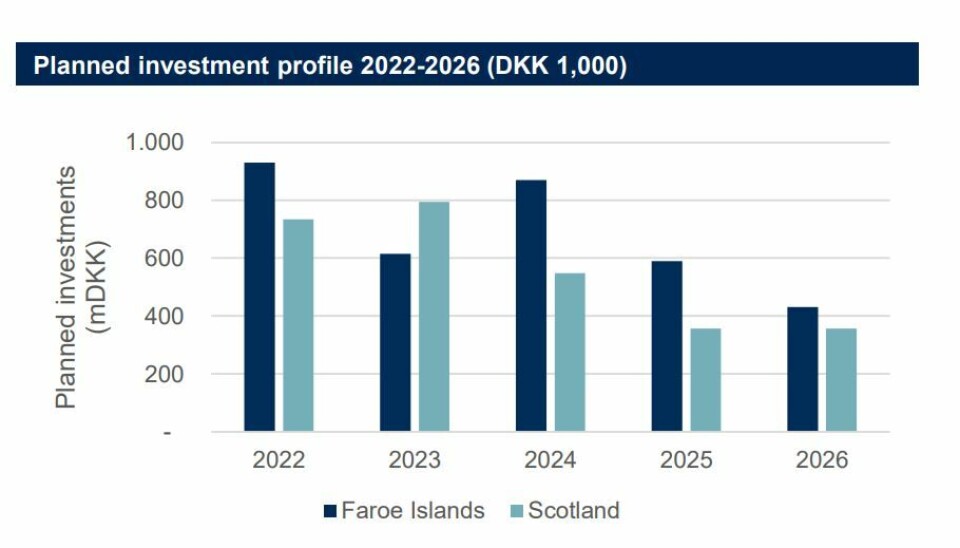Building for the future

Bakkafrost targets start of second large Scottish hatchery this year
Large smolts 'vital to transform the farming operation and reduce the biological risk' says CEO
Salmon farmer Bakkafrost hopes to start work on the construction of a second large hatchery and smolt facility in Scotland in the second half of this year, it said a report released today.
Faroes-based Bakkafrost, which is Scotland’s third largest salmon farmer, is investing heavily in infrastructure to produce 18 million post-smolts a year with an average weight of 500 g by 2026.
A phased expansion of an existing hatchery at Applecross on the shores of Loch Kishorn is already well-advanced, with the fourth phase due to be completed by the end of the year.
250 g smolts next year

“This enables Bakkafrost to significantly improve the quality and increase the size of the smolt,” the company said in its report for the second quarter of 2022. “During 2023 the Applecross hatchery will ramp up production to around 8 million smolts at 250 g, the full capacity will be in operation in mid-2024 with an additional 40% capacity increase.”
In Q1 2022 the average weight of Bakkafrost smolts stocked in marine pens in Scotland was 102g, which was 15% higher than in Q1 2021, and for the full year the average weight of stocked smolts is expected to be around 120g.
In May, Bakkafrost said it had secured land for the construction of a second large hatchery in Scotland. It has not said where this will be, but a map in a presentation accompanying the Q2 report indicates it will be in the southern part of Bakkafrost’s Scottish operational area. A third facility will follow in the north.
“Depending on the final surveys, the construction of the next large hatchery is expected to commence in H2 2022,” Bakkafrost said.
Reducing risk
“Having large smolt in Scotland is vital to transform the farming operation and reduce the biological risk. It will however take time for Bakkafrost to materialise as it takes time to build the necessary hatchery capacity.”
Bakkafrost’s capacity for freshwater treatment against amoebic gill disease and sea lice is due to increase next month when the new-build Sølvtrans wellboat Ronja Star enters service in Scotland.
The vessel has a well capacity of 4,000 m³ and is equipped with a reverse osmosis (RO) system to generate its own fresh water. The Ronja Star will replace the Aqua Kvaløy, a 2,800 m³ capacity wellboat with RO has been in service for Bakkafrost Scotland since April 2022.
11.6% more capacity in farms
Another wellboat, the 2,500 m³ capacity Ronja Fisk, has been in service with Bakkafrost Scotland since 2020. Combined with the Ronja Star, it gives the company 6,500 m³ of capacity, a significant upgrade for a fish farmer that has struggled with fish health issues in the past.
Bakkafrost has increased the volume of fish it is allowed to grow in Scotland by 11.6% (7,742 tonnes) since it bought the Scottish Salmon Company in late 2019 and has consent for 74,765 tonnes at 44 sites.
It aims to harvest 35,000 gutted weight tonnes in Scotland this year, increasing to 50,000 tonnes by 2026.
